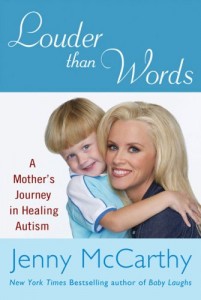 I so appreciate Ms McCarthy’s offering her experiences in this format. She is an articulate reporter of the reality of folks who are living with a kid who has autism. In Louder than Words: A Mother’s Journey in Healing Autism, Jenny McCarthy has opened up her world–often a painful one–for our scrutiny in hopes of helping other parents.
I so appreciate Ms McCarthy’s offering her experiences in this format. She is an articulate reporter of the reality of folks who are living with a kid who has autism. In Louder than Words: A Mother’s Journey in Healing Autism, Jenny McCarthy has opened up her world–often a painful one–for our scrutiny in hopes of helping other parents.
However, as a mom with two kiddos with diagnoses on the autism spectrum, I struggle somewhat with the “pull them through the window at any cost” theme of this book. It is tough for any parent to find that balance between acceptance of your child’s abilities and desire to help them achieve more than they currently are. It is nearly impossible to walk that line when your kids have a diagnosis.
Along with the diagnosis comes a cadre of professionals, pseudo-professionals, and well-meaning passersby who will offer you free and high-paid advice, threats, and guilt trips regarding the rearing of your child. Do too much and you are a “cure-bie” who is in denial that your child will always be this way. Do too little and you are neglecting your child and missing the window. I suppose I’m looking for voices that find that middle space. I didn’t hear that balance in Jenny’s book.
Maybe I’m the one who needs a kick in the pants to do more for my kids. I’m certainly not claiming to be the perfect mom. I am pretty invested in my kids, though, and truly want them to be more than a fix-er-upper project. They will likely always have autism, so there’s a large part of me that is looking for delight in that reality — yes, delight — and not more angst about the diagnostic reality.
So, would I recommend this book? Sure. It is an honest, heartfelt look at one mom’s journey through diagnosis and early treatment for her son’s autism. It is a quick read and worth picking up. Is it the only–or even one of the first 10 books about autism I would recommend? Nope. Karyn Seroussi’s book was equally honest with loads more info to help you chart your course–whether that course includes pulling your kid out a window or just sitting along side them as they do their own thing.
In short, Ms McCarthy dearly loves her son. She has a strong desire to help other folks similarly situated. It was a good read and food for thought. I’m glad I added it to my shelf.



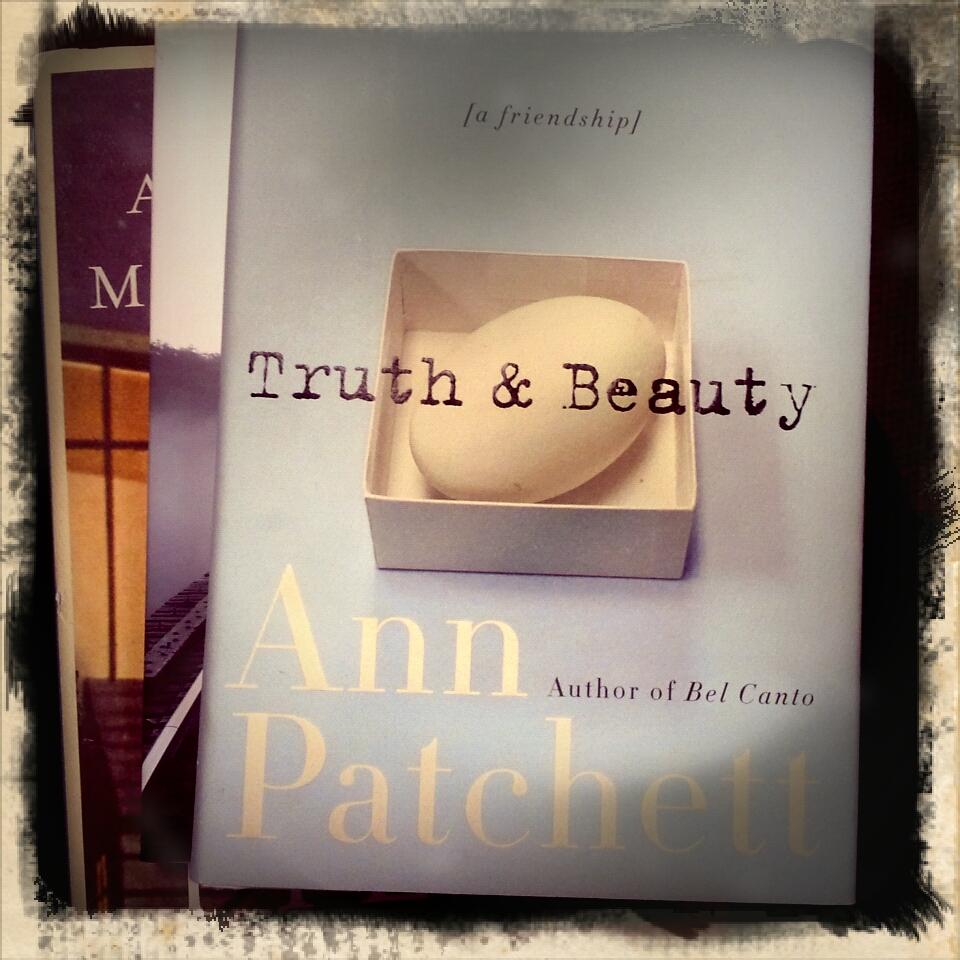
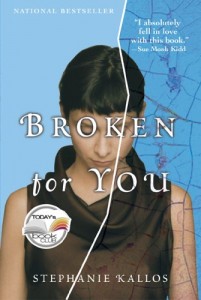

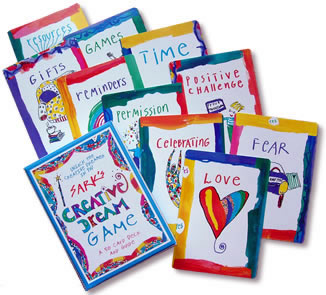
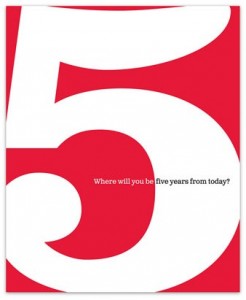



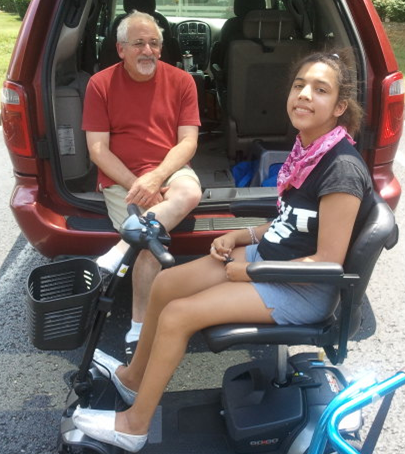
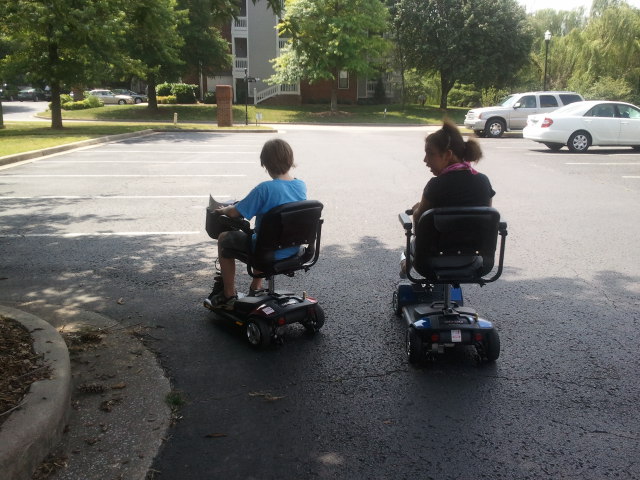
your thoughts